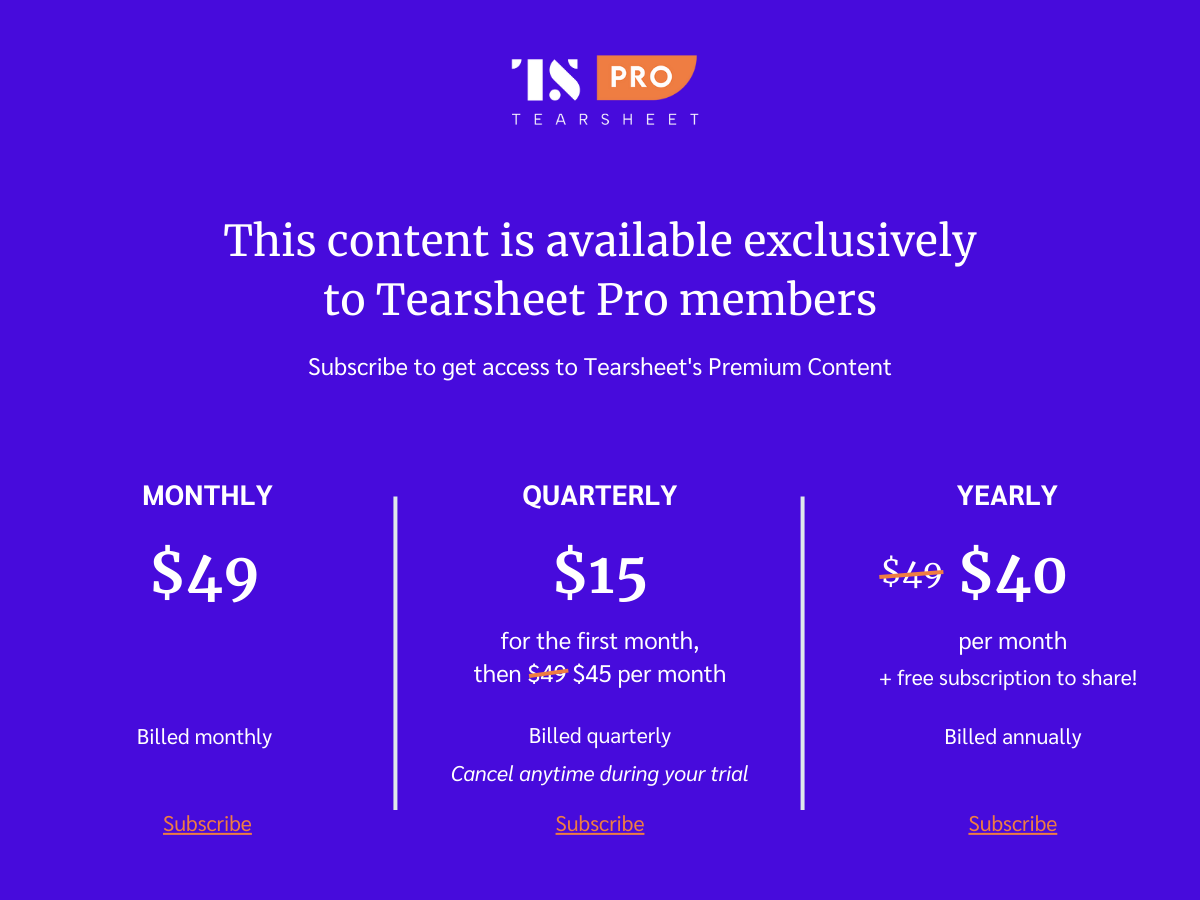U.S. Bank deepens focus on CX through its recent embedded payments suite expansion
- U.S. Bank has recently expanded its embedded payments suite in response to growing demand for more integrated solutions.
- By making this move, the bank is emphasizing the importance of embedded payments in creating a smoother user experience, a key driver behind its latest expansion.

Not long ago, businesses had to piece together payment systems from a patchwork of providers: one platform for onboarding customers, another for transferring funds, and yet another for tracking and reporting. It worked, but for companies trying to scale or offer smooth digital experiences, this ball of string has been a constant friction point.
This fractured approach further underscores how crucial timely, accurate payments are to delivering a strong user experience. Resolving this challenge is a central objective behind U.S. Bank’s recent embedded payments suite expansion.
Designed to operate behind the scenes — within websites, mobile apps, enterprise software, or fintech platforms — the new features of the embedded payments suite help businesses deliver a simplified payment experience without redirecting users to external sites or relying on multiple vendors. Whether it’s paying suppliers, disbursing funds to users, or employee transactions, the system is built to plug right into what companies are already using.
The new features in the expanded embedded payments suite
What’s new in the embedded payments suite is the breadth and depth of capabilities the bank is now offering across a wider range of use cases and client types.
“The expanded suite represents a significant leap forward in both scope and technology,” says Mike Jorgensen, head of emerging solutions and embedded payments at U.S. Bank.
This expansion introduces a more comprehensive, flexible, and scalable infrastructure designed to meet the evolving needs of fintechs, corporates, and mid-sized businesses.
“This builds on the bank’s deep embedded payments experience. This is an area where we’ve focused on for years through our merchant acquiring business, Elavon,” adds Jorgensen.
A key enhancement is the upgraded “for-benefit-of” (FBO) account model. For platforms that need to move money on behalf of their users — think marketplaces, gig platforms, or financial services apps — this structure makes it easier to manage and track funds. Each user or transaction can be tied to a specific virtual account, giving businesses clear oversight without the overhead of managing individual accounts manually.



